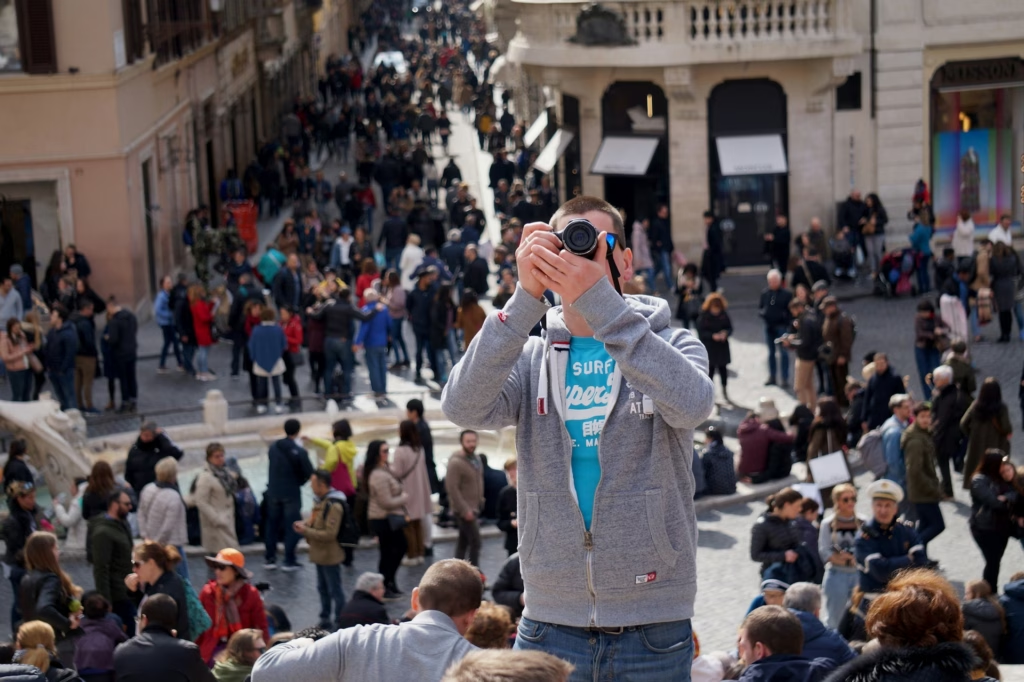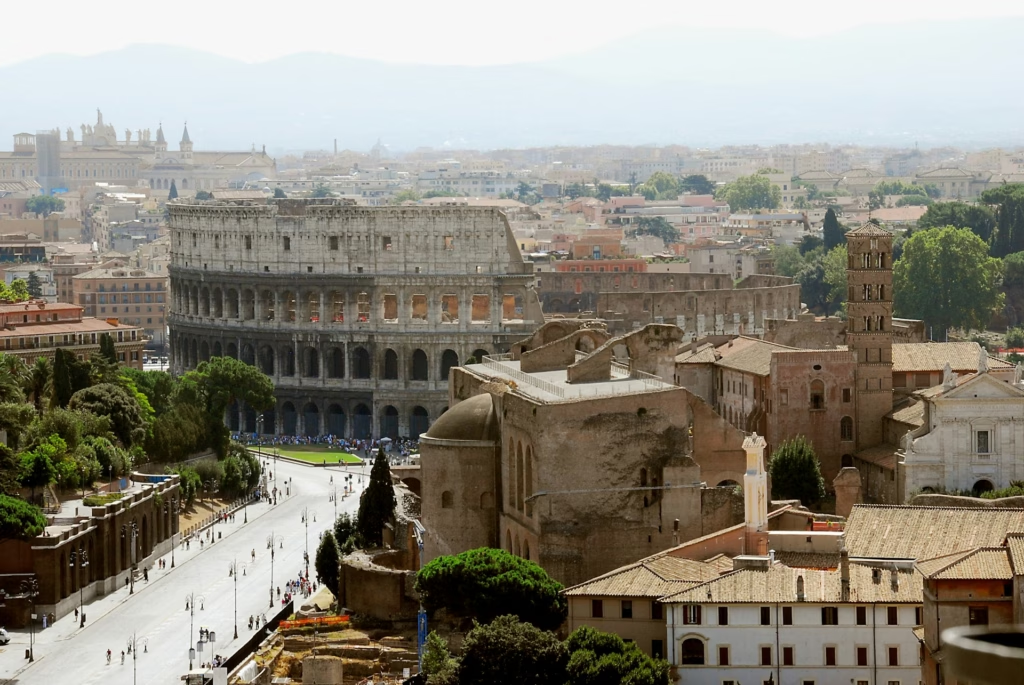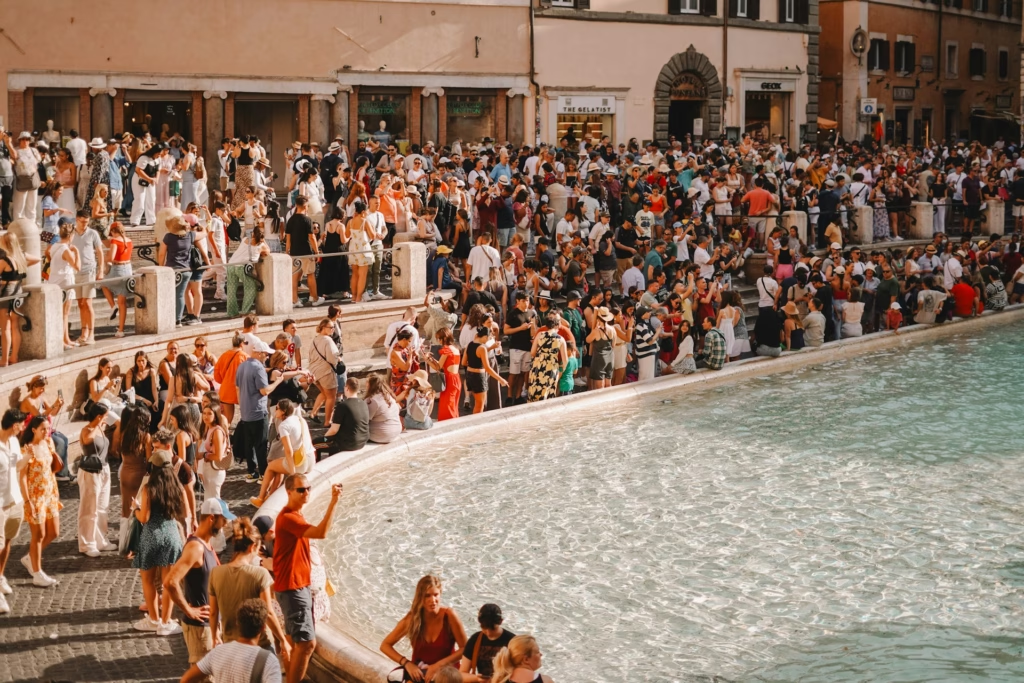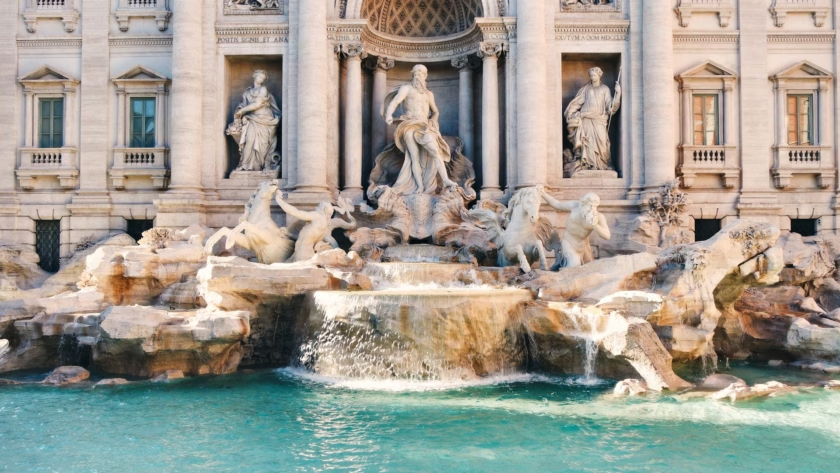Rome, the Eternal City, has captivated travelers for centuries with its ancient ruins, Renaissance art, and vibrant street life. As one of the world’s most visited destinations, it’s also become a subject of debate: Is Rome overrated and truly worth the hype, or has overtourism transformed this historical treasure into a tourist trap? No, Rome itself can never be overrated, but it’s a destination that requires thoughtful planning and realistic expectations. This comprehensive guide explores the reality behind the Roman holiday dream, offering an honest assessment of what to expect when visiting this iconic Italian capital in 2025.
The Rome Expectation vs. Reality

Rome occupies a special place in our collective imagination—a city where ancient ruins stand alongside Renaissance masterpieces and where la dolce vita unfolds in picturesque piazzas. Travel media portrays Rome as an open-air museum where history comes alive at every corner, and where authentic Italian culture can be experienced through food, fashion, and lifestyle.
However, many visitors report a disconnect between this idealized image and their actual experience. Understanding both the timeless appeal and the modern challenges of Rome is essential for any traveler considering a visit in 2025.
What Makes Rome Special: The Undeniable Allure

1. Unparalleled Historical Significance and Architecture
Few cities in the world can match Rome’s historical depth and architectural heritage. From the mighty Colosseum and Roman Forum to the perfectly preserved Pantheon, the city offers tangible connections to an empire that shaped Western civilization. The layered history—where pagan temples became churches, and Renaissance palaces incorporated ancient ruins—creates a unique urban landscape that tells the story of over two millennia of human achievement.
As one local resident puts it, “I have been living in Rome for almost 30 years and I’m far from seeing everything the city offers… every day there is a new discovery.” This ongoing archaeological revelation keeps Rome perpetually fresh, even for repeat visitors.
2. Artistic Masterpieces at Every Turn
Rome houses an extraordinary concentration of artistic treasures. The Vatican Museums and Sistine Chapel showcase Michelangelo’s genius, while churches throughout the city contain priceless works by Caravaggio, Bernini, and Raphael. Unlike many destinations where art is confined to museums, in Rome, masterpieces are integrated into the fabric of everyday life.
The Baroque fountains of Piazza Navona, Bernini’s sculptures, and countless church frescoes transform ordinary walks into artistic journeys. As one art historian noted, “In Rome, you don’t visit museums to see art—the entire city is the museum.”
3. Culinary Excellence and Food Culture
Roman cuisine represents one of Italy’s most distinctive and beloved culinary traditions. From the simplicity of cacio e pepe and carbonara to the rustic appeal of supplì and porchetta, authentic Roman food offers unforgettable flavors based on centuries-old recipes.
The food culture extends beyond restaurants to markets like Campo de’ Fiori, neighborhood bakeries, and family-run trattorias where recipes have been passed down through generations. As one food blogger described it, “Rome is Italy’s capital geographically and food-wise… The variety of restaurants, eateries, bakeries, international cuisines, food markets, and street food places that you will find in Rome is deliciously overwhelming.”
4. The Roman Lifestyle and Atmosphere
The concept of “la dolce vita” finds its fullest expression in Rome, where life unfolds at a pace that prioritizes pleasure and beauty. Locals and visitors alike embrace the ritual of the evening passeggiata (stroll), aperitivo at sunset, and lingering dinners that stretch late into the night.
The distinctive Roman character—passionate, direct, and with a sardonic sense of humor—creates an atmosphere unlike any other Italian city. As one long-term resident noted, “Enjoy the piazza lifestyle, sip a delicious espresso with the view of a Roman monument, tuck into a typical Roman dish, or simply sit near a fountain and savor a gelato with the water sound in the background.”
The Criticisms: Why Some Consider Rome Overrated

1. Overwhelming Crowds and Tourist Congestion
Rome receives approximately 10 million visitors annually, with numbers expected to surge in 2025 due to the Catholic Jubilee Year. This volume of tourism creates significant congestion at major attractions, with wait times at the Vatican Museums or Colosseum often exceeding two hours even with reserved tickets.
As one Reddit user described it: “All things considered, Rome will be even more crowded than it normally is [in 2025], queues to the main attractions will probably be a little longer, and accommodation will be more expensive.” The concentration of tourists in the historic center can make simple activities like walking down a street or finding a table at a restaurant unexpectedly challenging.
2. Tourist Traps and Commercialization
The high volume of tourism has led to a proliferation of low-quality, overpriced establishments targeting visitors. Restaurants near major attractions often serve mediocre food at inflated prices, while souvenir shops selling mass-produced trinkets dominate once-authentic neighborhoods.
Street vendors aggressively selling selfie sticks, tours, and skip-the-line tickets create a carnival-like atmosphere around monuments like the Trevi Fountain and Spanish Steps. As one travel blogger warned: “In Rome, be cautious around the Colosseum and Trevi Fountain. These areas are crowded and known for overpriced souvenirs and food.”
3. Urban Challenges and Infrastructure Issues
Despite its beauty, Rome struggles with urban management issues that can impact the visitor experience. Public transportation is often unreliable, with buses running behind schedule and metro coverage limited compared to other European capitals. A local resident admits, “From the often-broken elevators and escalators to the long bus waits to the old and dirty metro stops, I think Rome’s council should make an extra effort to improve the service.”
Traffic congestion is legendary, with one resident describing driving in Rome as “a reckless adventure” where rules seem optional. Parking is “next to impossible,” and the combination of narrow streets and aggressive driving can make navigating the city stressful for visitors.
4. Colosseum: Overrated Icon?
The Colosseum, Rome’s most recognizable landmark, has been labeled overrated by some travelers who find the experience doesn’t match expectations. Long lines, restricted access to certain areas, and the sheer volume of visitors can diminish the impact of this ancient wonder.
As one travel site noted: “It may seem improbable to suggest that the Colosseum is an overrated tourist trap. However, a considerable chunk of the travel community has expressed disappointment with their visit.” Some visitors find that the exterior is more impressive than the interior experience, especially given the time investment required to enter.
Finding Balance: Is Rome Worth Visiting in 2025?
The answer to whether Rome is overrated depends largely on your expectations, travel style, and how you approach the city. Rome is neither entirely magical nor completely disappointing—it’s a complex destination that offers different experiences to different travelers.
Who Might Find Rome Worthwhile:
- History and archaeology enthusiasts who appreciate the extraordinary preservation of ancient structures and ongoing archaeological discoveries
- Art and architecture lovers seeking to experience masterpieces in their original settings
- Food connoisseurs eager to explore authentic Roman cuisine beyond tourist menus
- Travelers willing to explore beyond the main attractions to discover authentic neighborhoods like Testaccio, Garbatella, and Ostiense
- Off-season visitors who come during quieter months (November-February, excluding Christmas)
Who Might Find Rome Overrated:
- Travelers seeking tranquility who may be overwhelmed by the city’s energy and crowds
- Visitors with limited time who can only see the most crowded attractions
- Those expecting perfect infrastructure who may be frustrated by transportation challenges
- Budget travelers unprepared for the high costs in tourist areas
- Visitors during the 2025 Jubilee Year who may face exceptional crowds and inflated prices
Key Findings: The Verdict on Rome in 2025
Rome is neither entirely overrated nor underrated—it’s a destination that requires thoughtful planning and realistic expectations. The disappointment some travelers experience stems largely from visiting at the wrong time, staying in the wrong areas, or approaching the city without adequate preparation.
The city excels at offering extraordinary historical, artistic, and culinary experiences for those willing to seek them out. It falls short in providing comfortable, efficient experiences for visitors who remain within the most touristic circuits or who visit during peak seasons.
How to Enjoy Rome Without Disappointment

1. Visit During the Right Season
If possible, plan your trip between November and February (excluding Christmas and New Year’s) when crowds thin dramatically and prices drop. Early March and late October can also offer good compromises between weather and crowd levels. Be aware that 2025 is a Jubilee Year for the Catholic Church, which will bring additional pilgrims and visitors throughout the year.
2. Plan Strategically for Major Attractions
Book timed entry tickets for major sites like the Colosseum and Vatican Museums well in advance, and consider early morning or late afternoon slots when crowds are thinner. As one travel expert advised: “Pick your moment for key attractions… Buy tickets in advance.”
Note: luggage is not allowed inside the museums, so book luggage storage in Rome in advance. Radical Storage offers several options all over the city.
3. Explore Beyond the Tourist Circuit
Make time for experiences like:
- Exploring the food markets and authentic eateries of Testaccio
- Discovering the distinctive architecture of the Garbatella neighborhood
- Visiting lesser-known museums like Palazzo Altemps or Centrale Montemartini
- Exploring the ancient Appian Way on a Sunday when it’s closed to traffic
- Taking in the view from the Orange Garden (Giardino degli Aranci) on the Aventine Hill
4. Embrace the Roman Pace
Rome rewards those who slow down. Rather than rushing to tick off attractions, allow yourself time to sit in piazzas, linger over meals, and wander without a rigid itinerary. As one local advised: “Try to take your time to enjoy your trip instead of rushing just to tick off as many sights as you can off your bucket list.”
Conclusion: Beyond the Overrated Debate
Rome represents something truly unique in the travel landscape—a city where ancient, Renaissance, Baroque, and modern elements coexist in a living, breathing urban environment. Whether it enchants or disappoints you depends largely on how you approach it.
Rather than asking if Rome is overrated, perhaps the better question is whether your visit is properly planned to experience the city at its best. Rome doesn’t pretend to be something it’s not—it proudly showcases its extraordinary history, art, and culinary traditions while simultaneously functioning as a modern European capital with all the associated challenges.
For travelers in 2025, Rome offers a fascinating case study of how tourism can both celebrate and threaten a historic city. It may struggle with overtourism and urban management issues, but it compensates with unparalleled cultural riches and an authentic Italian lifestyle for those willing to seek it out.
Rome isn’t for everyone—and that’s perfectly fine. The most successful visits come from travelers who understand the city’s challenges and plan accordingly. Whether you find it a crowded tourist trap or the magnificent Eternal City may say as much about your travel approach as it does about Rome itself.
What’s undeniable is that few destinations provoke such passionate reactions—and that alone makes Rome a fascinating place to form your own opinion about.
Related articles:

